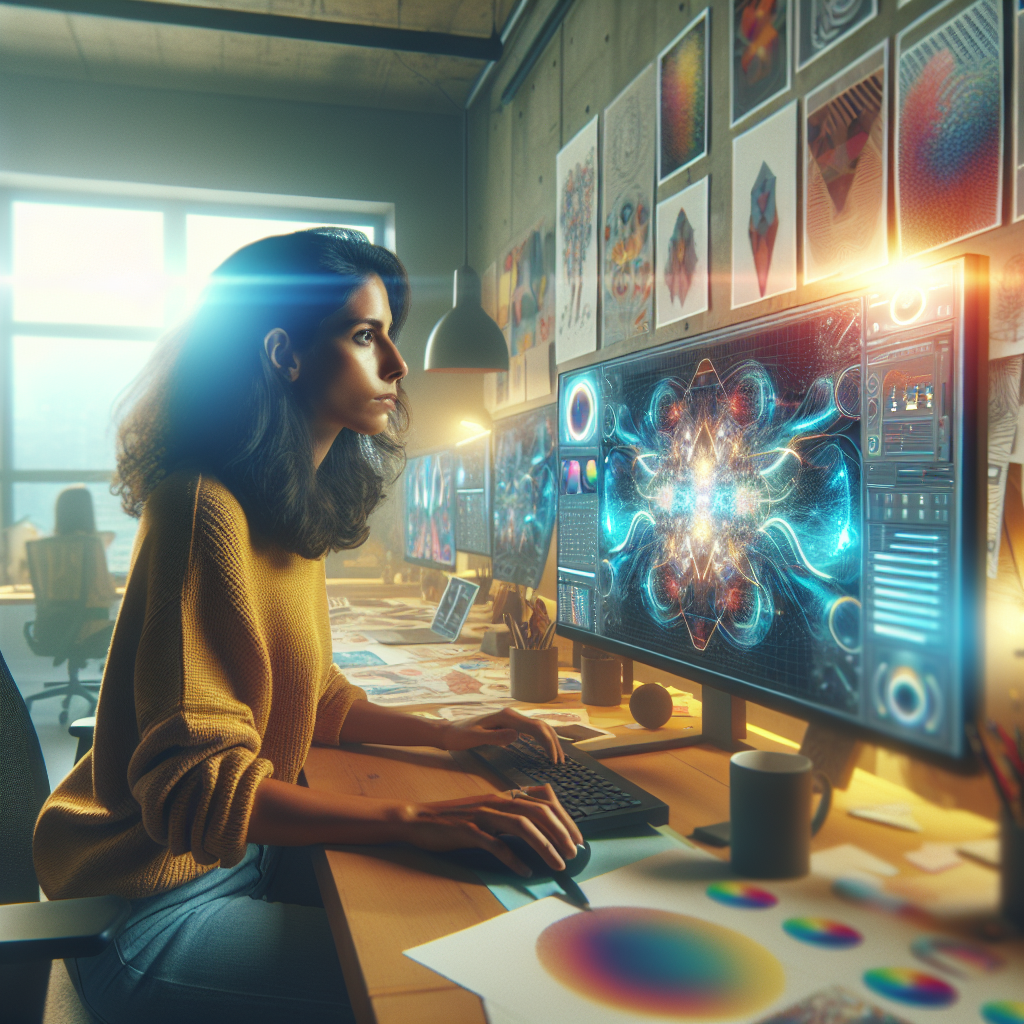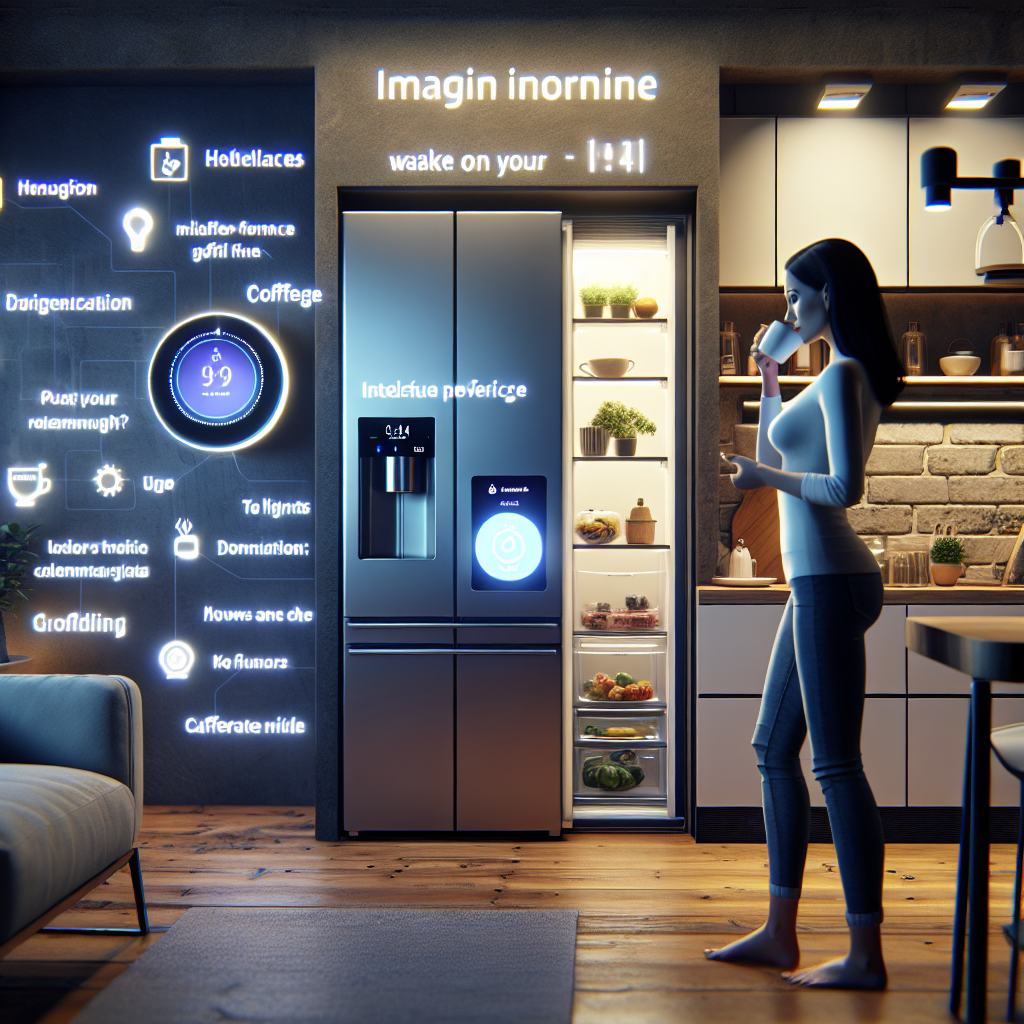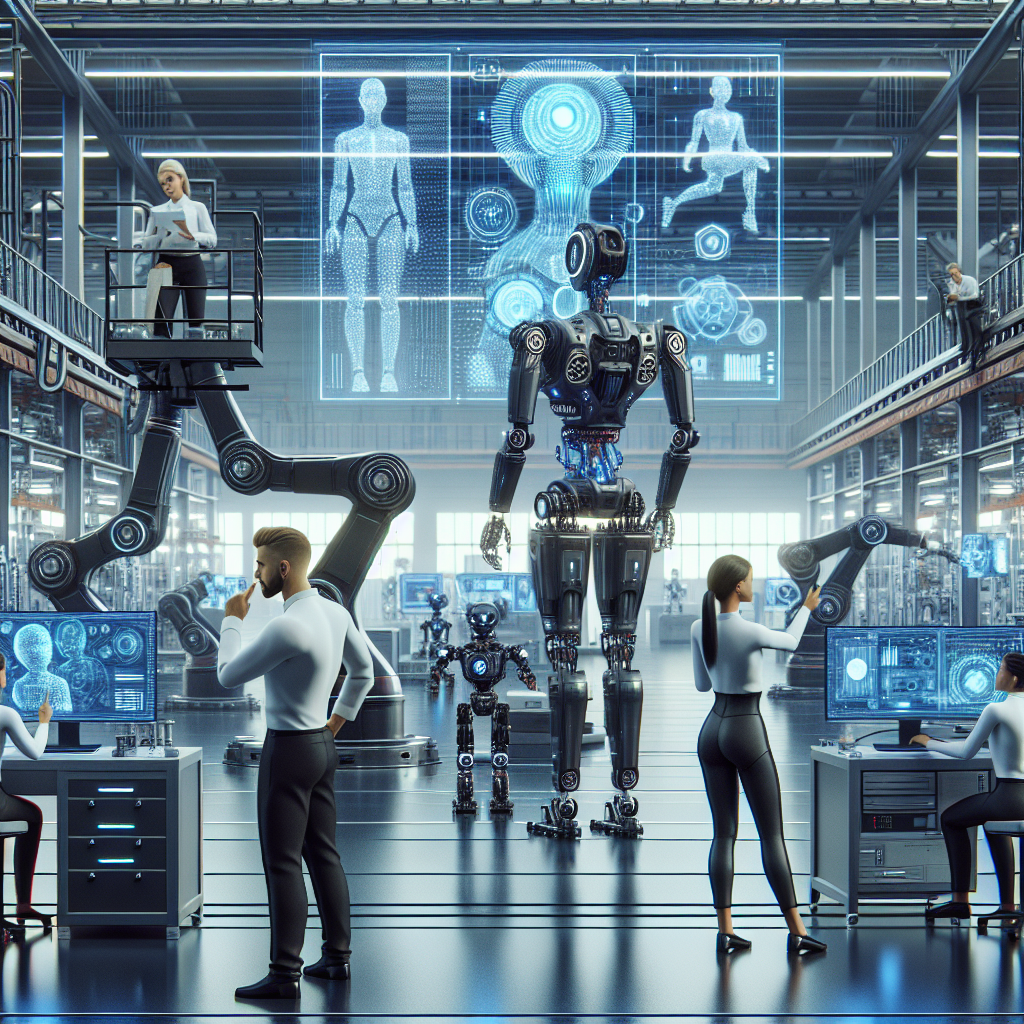Generative AI for Content Creation: Transforming the Creative Landscape
The evolution of generative AI is reshaping the content creation industry, transforming how writers, artists, and marketers approach their craft. By leveraging advanced algorithms, generative AI can create, transform, and augment content with unprecedented speed and creativity. In this article, we’ll explore the role of generative AI in content creation, providing insights, examples, and strategies to harness its potential.
Introduction
What is Generative AI?
Benefits of Generative AI in Content Creation
Real-World Examples of Generative AI
How to Harness Generative AI for Your Content
Frequently Asked Questions (FAQs)
Conclusion
—
What is Generative AI?
Generative AI refers to a subset of artificial intelligence that uses algorithms to generate content. This content can range from text and images to music and entire videos. Unlike traditional AI, which focuses on data analysis and prediction, generative AI creates new content by learning patterns from existing data.
Benefits of Generative AI in Content Creation
1. Enhanced Creativity: Generative AI expands creative possibilities by providing fresh ideas and perspectives. It helps creators overcome writer’s block and produce engaging content quickly.
2. Efficiency and Speed: By automating routine tasks like drafting and editing, generative AI allows content creators to focus on strategy and quality. This speeds up the production process significantly.
3. Cost-Effective Production: Reducing the time and effort required for content creation translates into significant cost savings. Businesses can produce high-quality content without incurring high expenses.
Real-World Examples of Generative AI
ChatGPT and Text Generation: Platforms like OpenAI’s ChatGPT enhance customer service and content creation by generating human-like text. Companies use these models for drafting articles, scripts, and even marketing copy.
Artistic Creations with DALL-E: AI art generators like DALL-E enable artists to create unique visuals by inputting descriptive prompts. This revolutionizes how designers approach visual storytelling.
How to Harness Generative AI for Your Content
1. Define Your Objectives: Clearly outline what you wish to achieve with generative AI, whether it’s improving content quality, increasing output, or exploring new formats.
2. Choose the Right Tools: Select AI platforms that best align with your needs. Consider aspects like ease of use, output quality, and integration capabilities.
3. Train the AI with Quality Data: Feed the AI high-quality data specific to your niche to ensure the generated content meets your standards and audience expectations.
4. Monitor and Edit Output: Always review AI-generated content for accuracy and tone. Human oversight ensures the content aligns with brand values and messages.
For more tips, check out an External Guide on Implementing AI effectively.
Frequently Asked Questions (FAQs)
How does generative AI differ from traditional AI?
Generative AI creates new content, while traditional AI focuses on analyzing existing data to make predictions or decisions.
Can generative AI replace human content creators?
Generative AI is a tool that enhances creativity and efficiency, but human insight and emotional intelligence are still irreplaceable in content creation.
What are some challenges of using generative AI?
Challenges include ensuring content accuracy, maintaining creative control, and addressing ethical concerns about AI-generated material.
Conclusion
Generative AI is revolutionizing content creation, providing creators with innovative tools to enhance their output. By understanding its benefits and applications, content producers can improve efficiency and creativity. Embrace this technology to maintain a competitive edge and explore endless creative possibilities. For further insights and updates, explore our [Generative AI Trends](#) section or subscribe to our newsletter.



